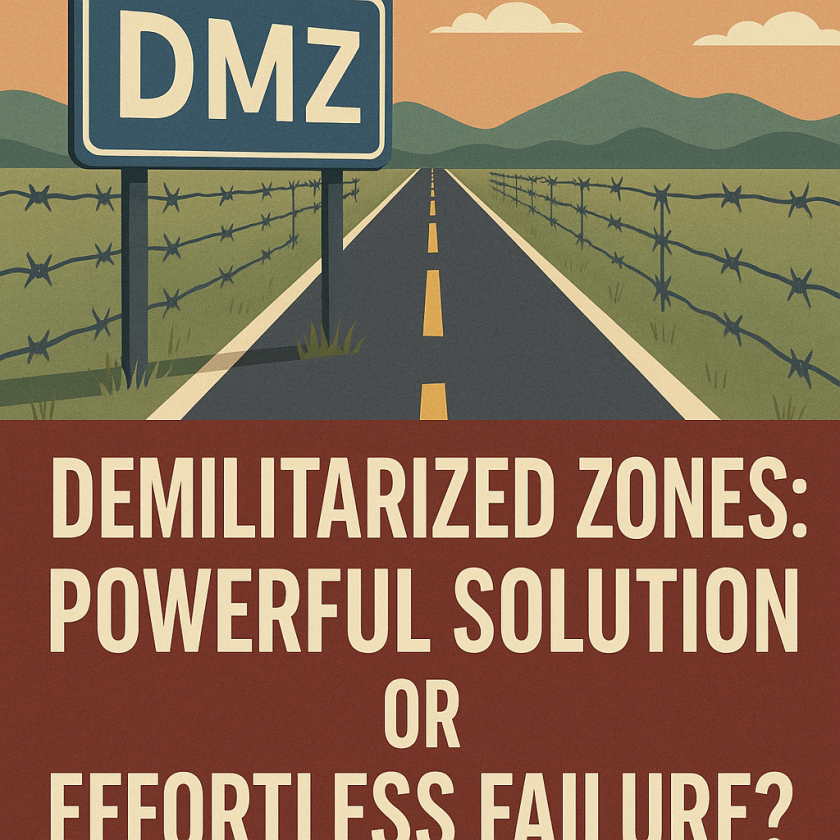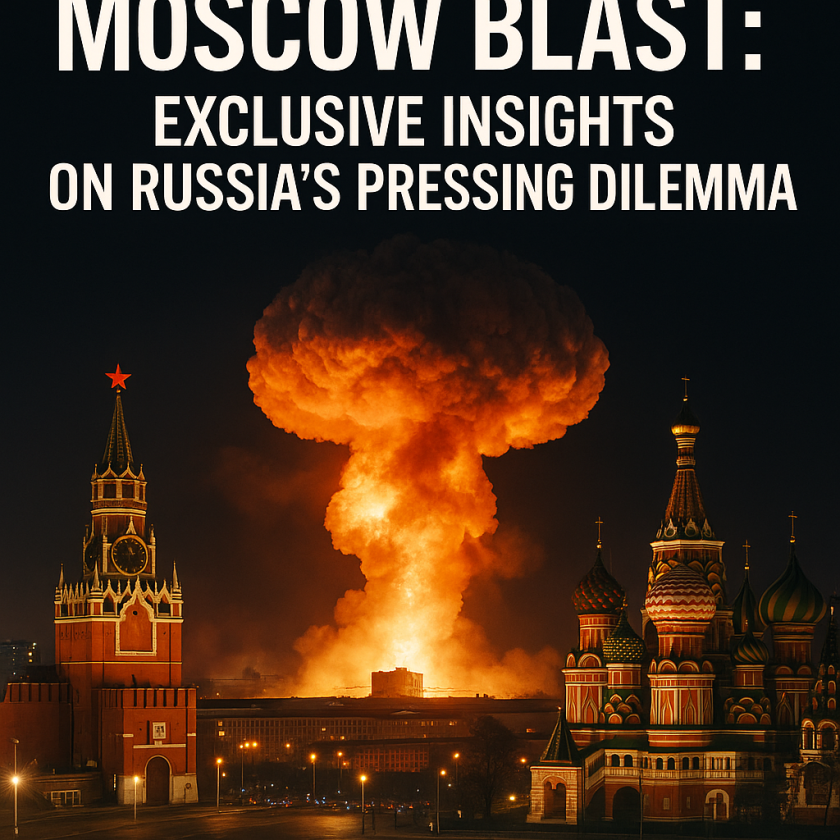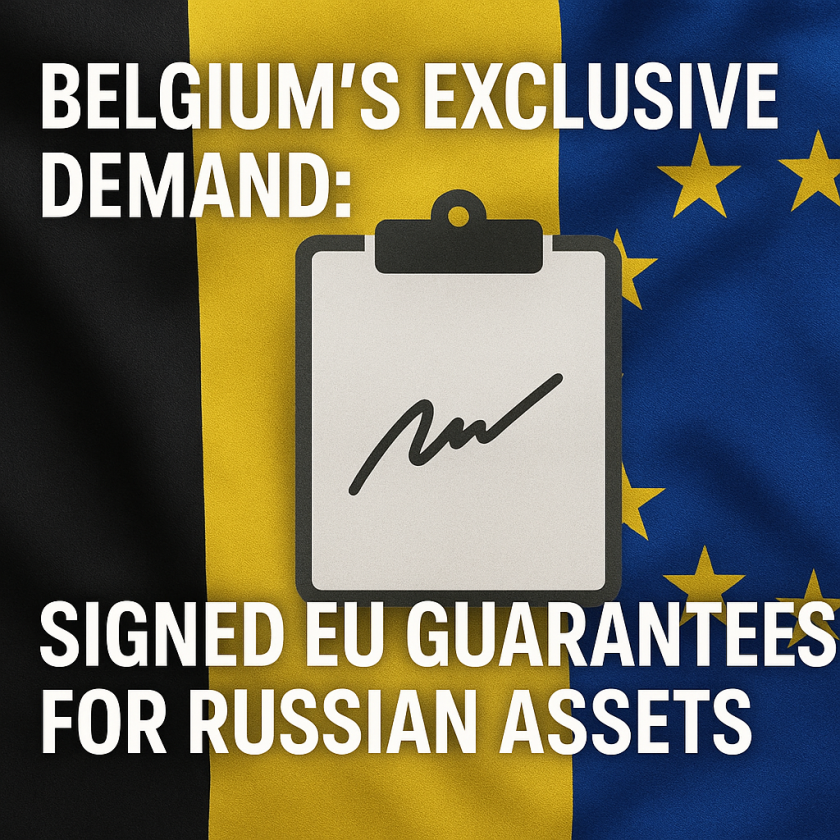Current Trends in Global Arms Trade: Buyers and Sellers
Current Trends in Global Arms Trade: Buyers and Sellers
Introduction to the Global Arms Market
The global arms trade is a dynamic and complex market, influenced by geopolitical tensions, technological advancements, and shifting alliances. This summary explores the current trends in arms trade, highlighting key buyers and sellers, and the factors driving these transactions.
Key Players in the Arms Trade
The arms trade is dominated by a few major players, both on the buying and selling sides. Understanding these key players provides insight into the global security landscape.
Top Arms Exporters
- United States: Continues to lead as the largest arms exporter, supplying advanced weaponry to allies worldwide.
- Russia: Maintains a strong presence, particularly in Asia and the Middle East, with competitive pricing and robust military technology.
- France: Increasing its market share with strategic deals in Africa and the Middle East.
- China: Expanding its influence by offering affordable alternatives to Western arms.
Top Arms Importers
- India: The largest arms importer, driven by regional security concerns and modernization efforts.
- Saudi Arabia: Heavily invests in defense to counter regional threats and assert its influence.
- Australia: Increasing its defense capabilities in response to regional tensions in the Indo-Pacific.
- Egypt: Bolstering its military strength amid regional instability.
Emerging Trends in Arms Trade
Several trends are shaping the future of the global arms trade, reflecting changes in technology, policy, and international relations.
Technological Advancements
- Autonomous Weapons: Growing interest in drones and AI-driven systems is reshaping military strategies.
- Cybersecurity: Nations are investing in cyber defense capabilities to protect against digital threats.
Geopolitical Shifts
- Regional Conflicts: Ongoing conflicts in the Middle East and Eastern Europe drive demand for arms.
- Alliances and Partnerships: New defense pacts and alliances influence arms trade dynamics.
Conclusion
The global arms trade is a reflection of the current geopolitical climate, with major powers vying for influence through strategic arms deals. As technology evolves and new alliances form, the landscape of arms trade will continue to shift, impacting global security and stability. Understanding these trends is crucial for anticipating future developments in international relations and defense strategies.






































